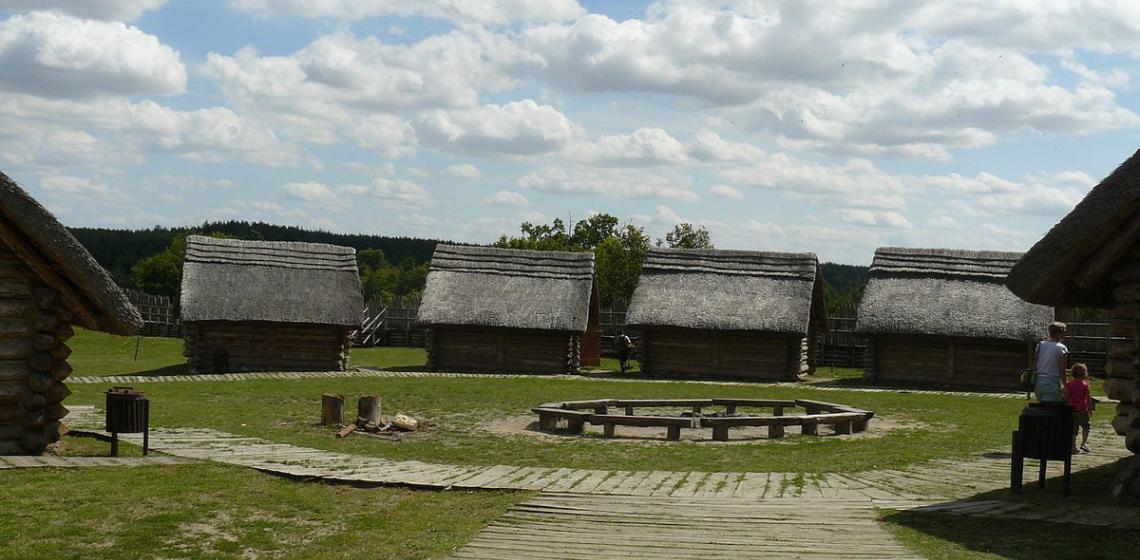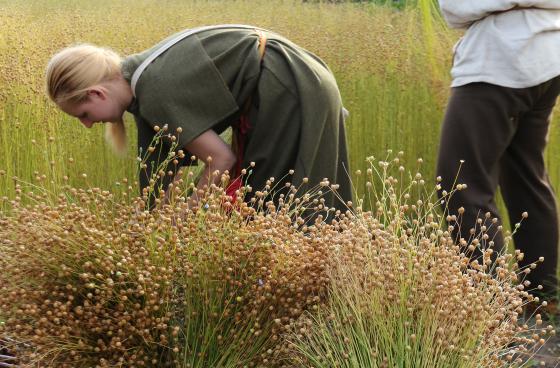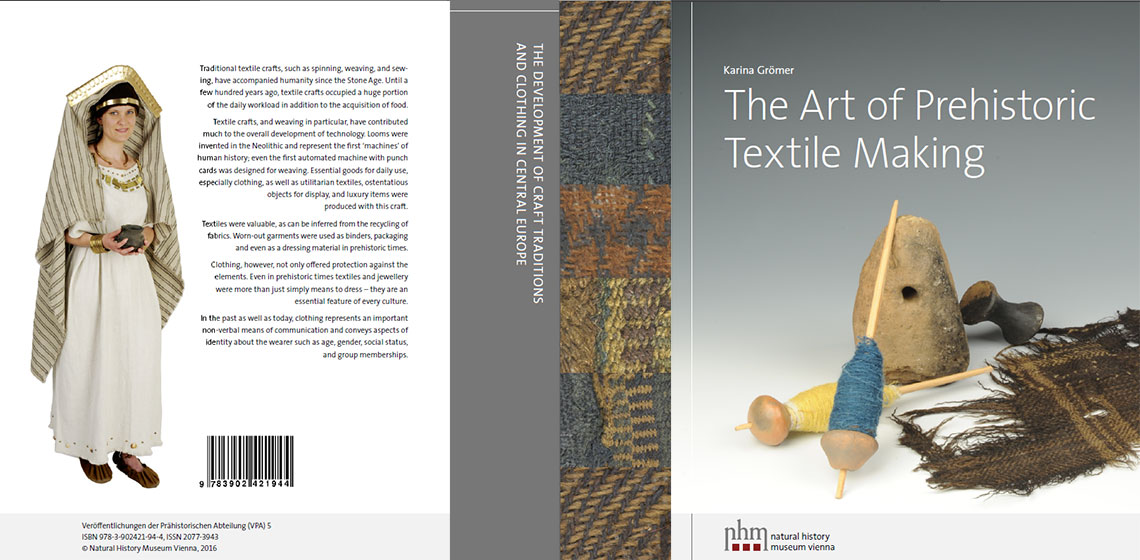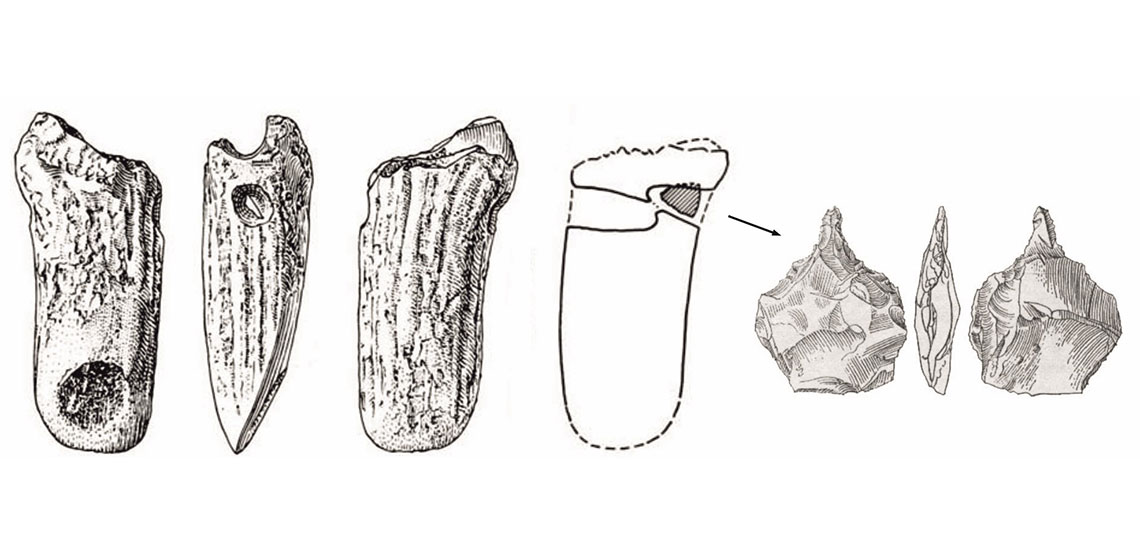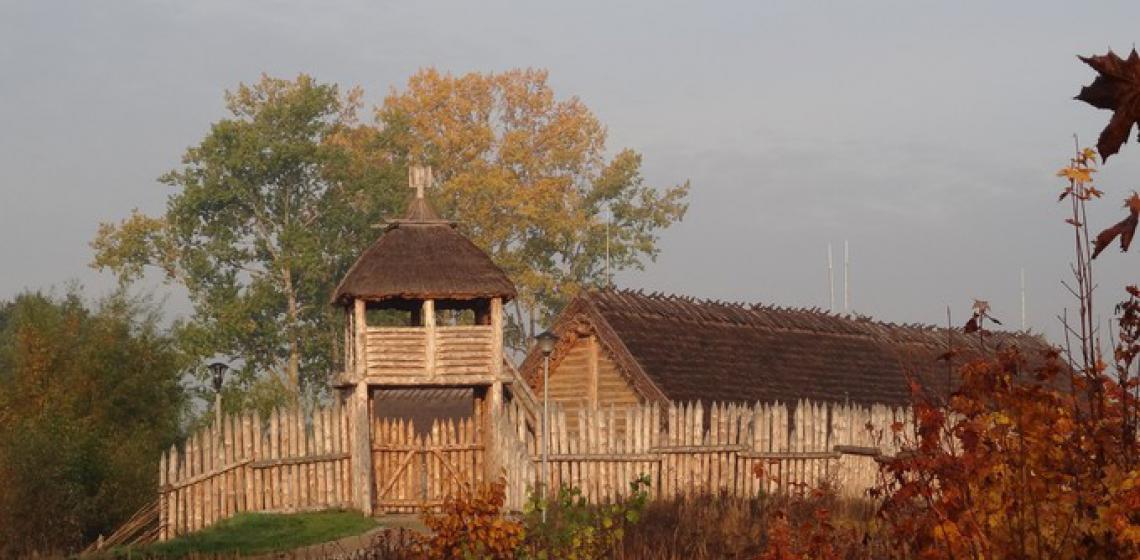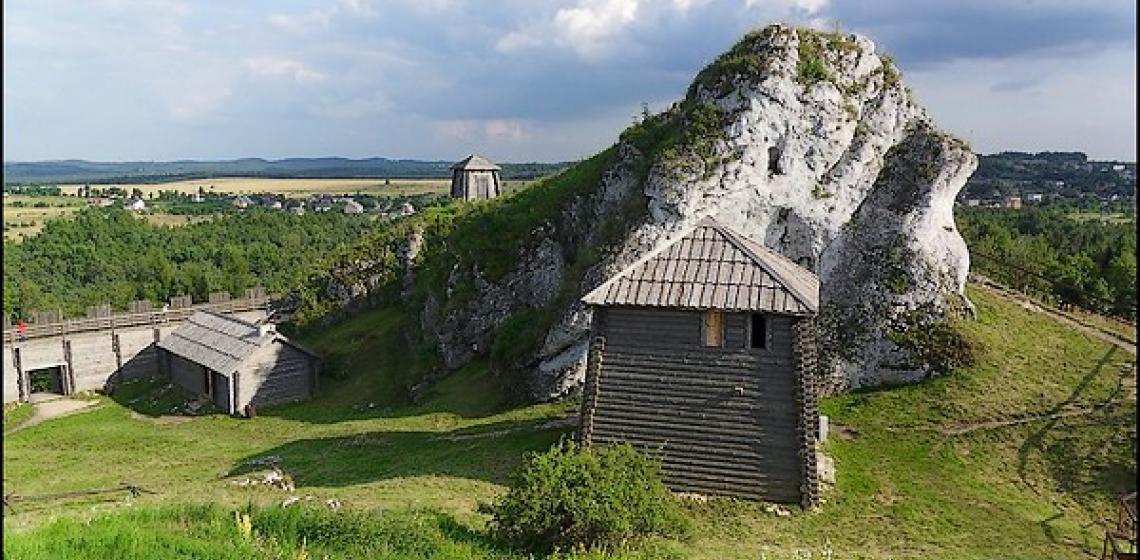Grodzisko Owidz (PL)
Grodzisko Owidz is a reconstruction of an 11th century medieval castle located near Starogard Gdański. The castle, located on the hill above the Wierzyca, River was one of the strongest in the area, and its rise was connected with the strengthening of Boleslaw Chrobry's dominion over Pomerania.
It was probably destroyed in 1090 by the order of Władysław Herman, who at that time destroyed a large part of Pomeranian castles, in order to prevent the Pomorzan rebellion. In spite of the damage, the castle continued to function. During the Swedish Deluge, the fort was used by the Swedes as a camp, hence the popular local name - Swedish Hill.

